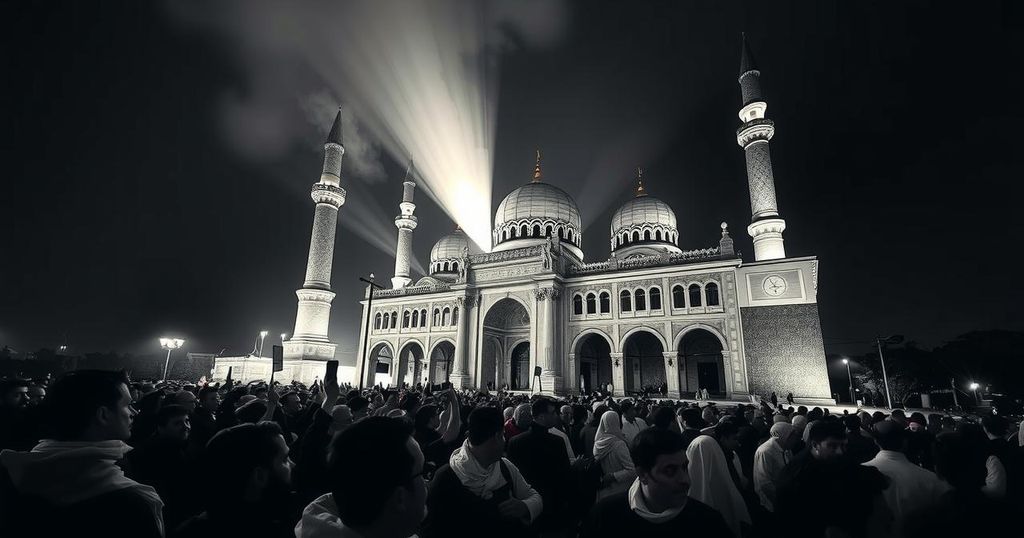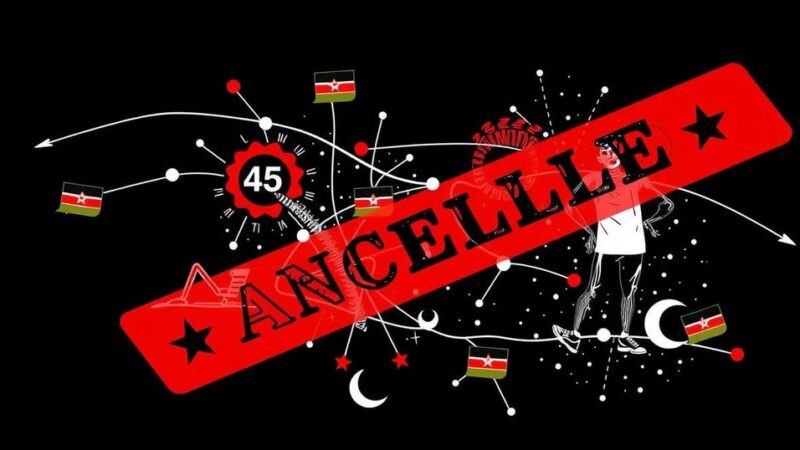The White Revolution in Iran (1960-1963) heralded significant social, political, and economic reforms under Shah Mohammad Reza Pahlavi. While these reforms aimed to modernize the economy and enhance social welfare, they faced substantial resistance from religious leaders, undermined traditional power structures, and ultimately led to increased political dissatisfaction, paving the way for the rise of Ayatollah Khomeini and opposition against the Shah’s regime.
Between 1960 and 1963, Iran underwent significant developments under the Pahlavi regime, characterized by industrial growth and the suppression of political opposition. The Shah dissolved the 20th Majles in 1961, facilitating the implementation of a land reform law in 1962, which required landowners to relinquish large estates for the benefit of small-scale farmers, compensating them with shares in state-owned enterprises. This initiative was indicative of the Shah’s broader agenda known as the “White Revolution”—an ambitious reform plan ratified by plebiscite in 1963. The White Revolution aimed at redistributing land to approximately 2.5 million families, establishing health and literacy corps for rural development, enhancing women’s emancipation, and reducing tribal autonomy. Despite initial economic advancements and a significant increase in state revenues, substantial challenges plagued the reforms. Resistance from religious leaders emerged, voicing concerns that the liberalization policies contradicted Islamic principles. The secular nature of the reforms also diminished clerical authority, as religious courts lost their power in legal matters and education. In 1963, Ayatollah Ruhollah Khomeini publicly denounced the White Revolution, which led to his imprisonment and eventual exile, during which he formulated his political doctrines advocating clerical governance. Unfortunately, the land reforms resulted in a high failure rate among new farms due to inadequate support systems, accelerating rural migration to urban areas plagued by job scarcity and poor conditions. While Iran engaged in independent foreign policies emphasizing cooperation with neighboring countries, its relationship with the United States strengthened significantly, largely due to American military and economic support. The burgeoning oil revenues fueled economic growth during the 1970s, but mismanagement, inflation, and a lack of political participation culminated in widespread discontent, propelling opposition movements. Intellectuals, disillusioned by the Pahlavi regime’s shortcomings, began to ally with clerical figures against the monarchy. Khomeini’s rhetoric gained traction among the masses, particularly with impoverished Iranians seeking guidance from the ulama, thereby setting the stage for future revolutionary developments.
The article addresses Iran’s socio-political evolution during the White Revolution, which took place in the early 1960s under Shah Mohammad Reza Pahlavi’s rule. This period is marked by significant economic reforms aimed at modernizing Iran through land redistribution, weaponizing education, and promoting women’s rights. However, increasing opposition arose from traditionalist groups and religious leaders, culminating in a backlash that contributed to the rise of Ayatollah Khomeini as a leading figure against the Shah’s regime. The context also frames the dichotomy between rapid modernization and the preservation of traditional power structures, as well as the consequences of sustained American influence in Iranian politics and military affairs.
In conclusion, the White Revolution represented a pivotal era in Iran’s trajectory, characterized by ambitious socio-economic reforms aimed at modernizing the country. Despite notable achievements such as land redistribution and improvement in rural literacy, the reforms inadvertently undermined traditional power structures, ignited opposition from religious leaders, and engendered socio-economic challenges that contributed to widespread dissatisfaction. The Shah’s inability to accommodate political participation resulted in a collaborative opposition that encompassed both secular and religious groups. Ultimately, the White Revolution laid a foundation for the subsequent rise of revolutionary fervor, challenging the Pahlavi monarchy and leading to the establishment of the Islamic Republic.
Original Source: www.britannica.com






